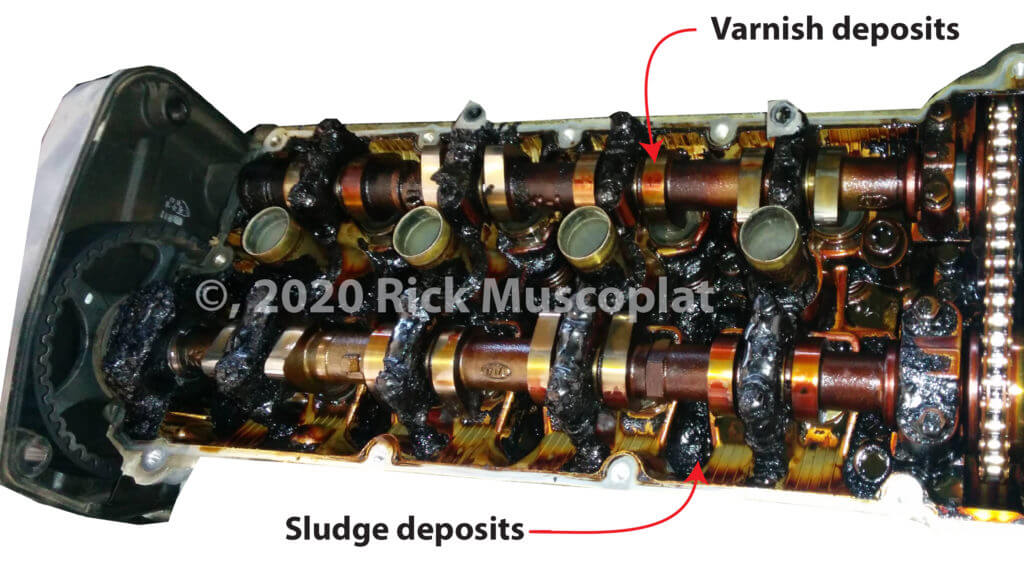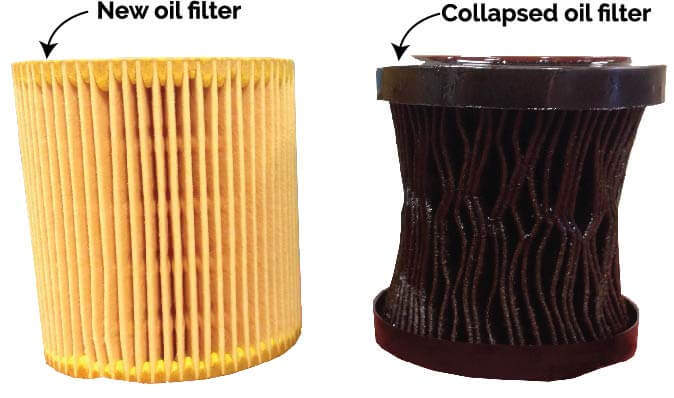Oil filter dirt holding capacity
What does the oil filter dirt holding capacity mean?
When an oil filter company posts the filter’s dirt-holding capacity, it’s a meaningless number unless you know the filter’s micron rating. In other words, a filter with a 32-gram dirt-holding capacity may capture and hold dirt below 20 microns or maybe just 40 microns and above. Just as an FYI, dirt below 20 microns won’t damage most engines, but larger particles can cause significant damage.
What determines oil filter dirt holding capacity?
Simple: the filter media’s micron rating, its efficiency rating and the overall surface area of the filter media.
What is the Oil filter micron rating?
Dirt particles below 20 microns won’t damage most engines, but larger particles can cause significant damage. A filter’s micron rating refers to the smallest particle the filter media can capture and hold.
The “efficiency rating” is the filter’s ability to capture and hold a maximum percentage of a certain particle size. So a filter with a 98% efficiency rating and a micron size of 20 microns will filter out 98% of all particles 20 microns and larger.
Oil filter dirt holding capacity
Dirt holding capacity is a measure of how much dirt a filter can capture and hold (by weight, usually listed in grams. Just as an FYI, cellulose media can usually hold .5-.7-grams per square foot @ 20 microns. Synthetic media holds more.
Types of oil filter material
Conventional oil filters were made from cellulose material. It’s cheap, and it performs adequately for 3,000-mile oil change intervals. However, newer filter media combinations have been introduced to handle the longer oil change intervals used with synthetic oil.
The newer filter media use a combination of cellulose and glass fibers. Glass fibers allow for better flow and more uniform pore size to capture dirt particles. Glass also does a better job capturing and holding sludge. It’s also thicker, so the oil spends more time traveling through the media. But glass fibers have low dirt holding capacity. In other words, the dirt doesn’t stick well to the glass fibers. That’s where cellulose comes into play. The glass stops the dirt and the cellulose holds it.
Where does the dirt come from?
Blow-by
All engines, even new ones, produce blow-by gasses, combustion gasses that pass through the piston ring gaps and around the piston ring (on the worn engine) and make their way into the crankcase, where it mixes with the oil. These combustion gasses contain soot, raw fuel, and water.
Outside air
To remove blow-by, all engines use a positive crankcase ventilation system that sucks blow-by out of the crankcase and replaces it with filtered air from the air filter box. If the air filter box isn’t sealed properly, dust and dirt from ambient air can make its way into the crankcase.
Gasket and seal breakdown
All internal engine gaskets and rubber seals deteriorate over time. The gaskets and seals that come in contact with engine oil will release their breakdown particles into the oil.
Carbonized oil and varnish deposits
Oil that’s been run too long will form varnish and  carbon deposits on internal engine parts. When you change the oil and introduce fresh detergents, those deposits will dissolve into the new oil, and those contaminants must be filtered out by the oil filter.
carbon deposits on internal engine parts. When you change the oil and introduce fresh detergents, those deposits will dissolve into the new oil, and those contaminants must be filtered out by the oil filter.
Lubricated metal wear particles
Most engine wear occurs during cold start-up. The metal wear particles mix with the oil and must be filtered out by the oil filter.
What happens when an oil filter reaches its maximum dirt-holding capacity?
If the oil filter is built with a bypass valve, the  valve will open and all the oil will bypass around the filter media and go right back into the engine unfiltered. If the bypass valve is located in the oil pump, it will bypass the oil filter completely.
valve will open and all the oil will bypass around the filter media and go right back into the engine unfiltered. If the bypass valve is located in the oil pump, it will bypass the oil filter completely.
Summary
• Unless you know the micron size, an oil filter’s efficiency rating is meaningless
• Unless you know the micron size, an oil filter’s dirt-holding capacity is meaningless
• The overall size of the oil filter is meaningless unless you know the micron size and filtration efficiency rating. In other words, a larger size filter may actually be less efficient than a smaller filter with a higher efficiency rating.
©, 2020 Rick Muscoplat
Posted on by Rick Muscoplat
